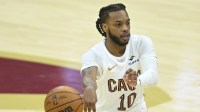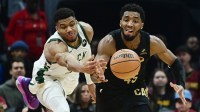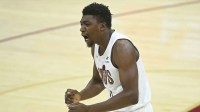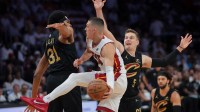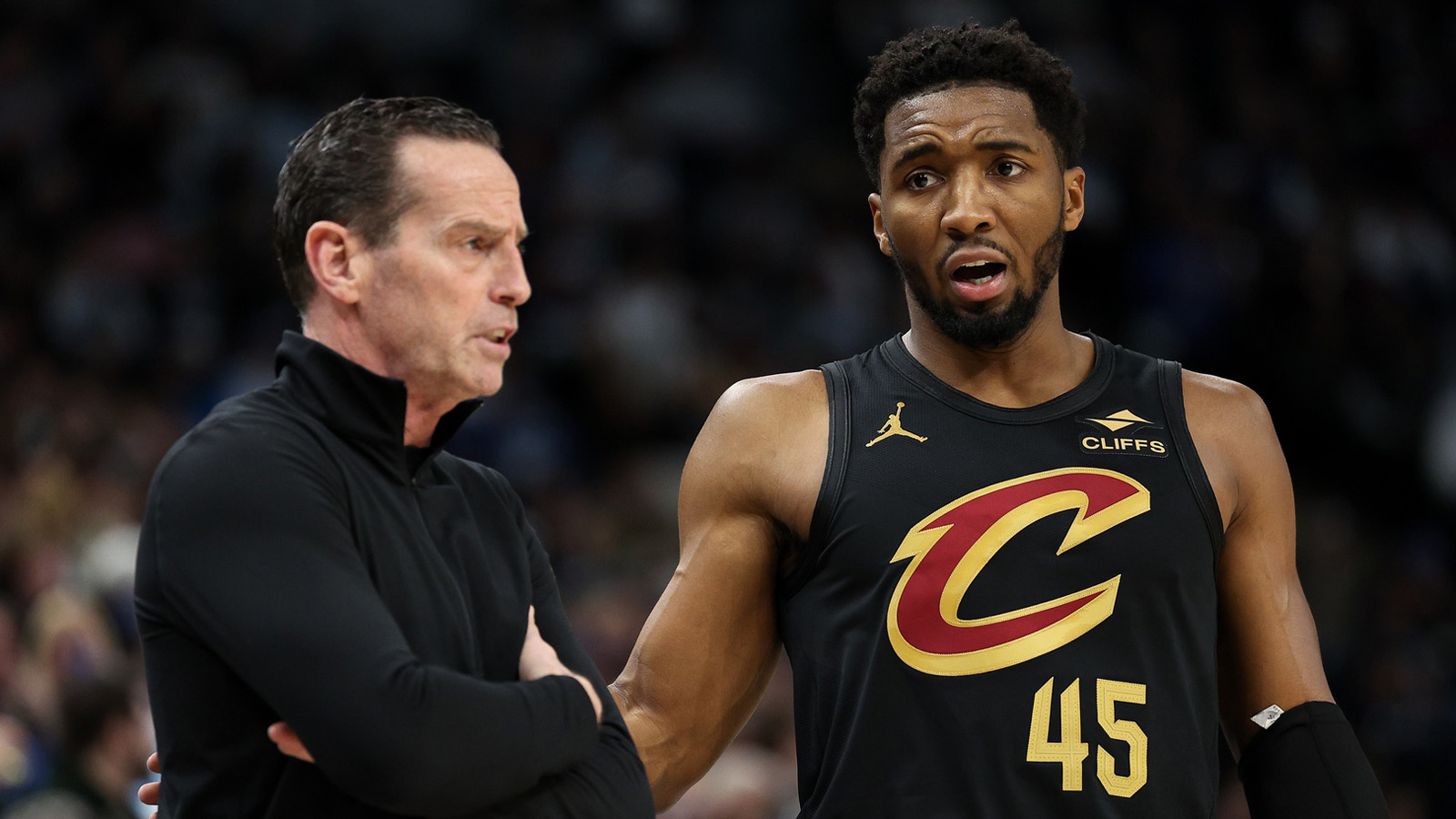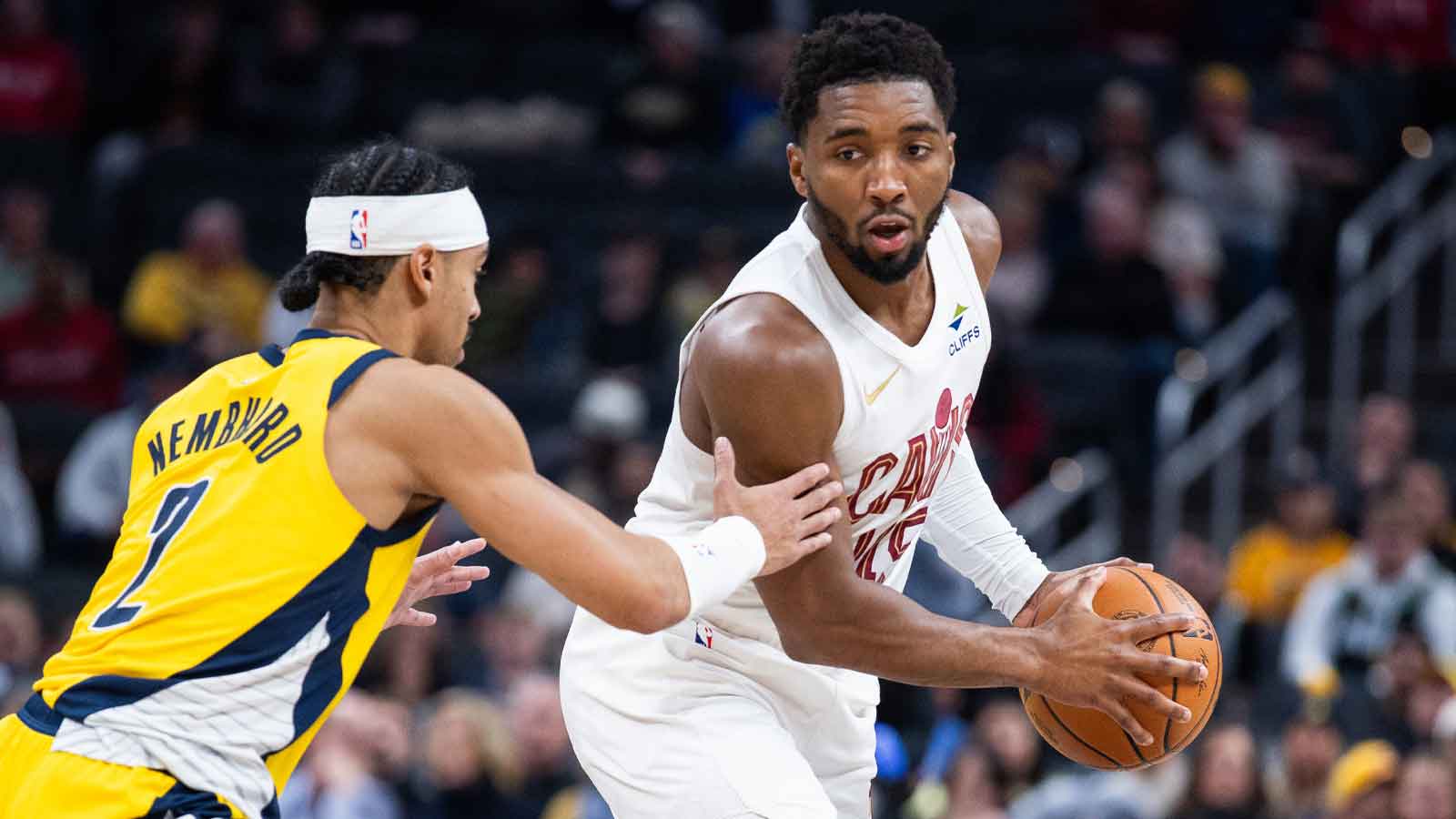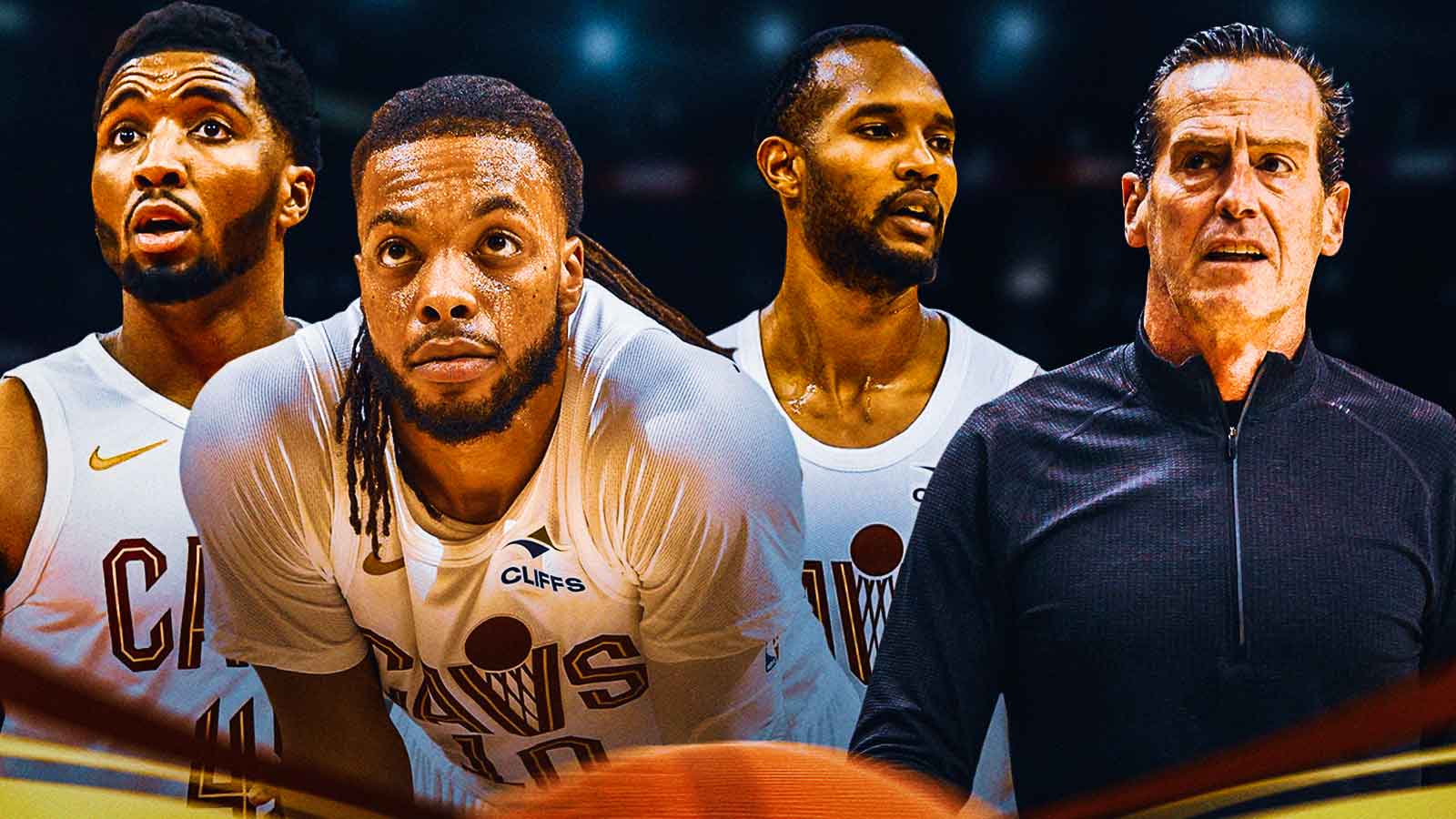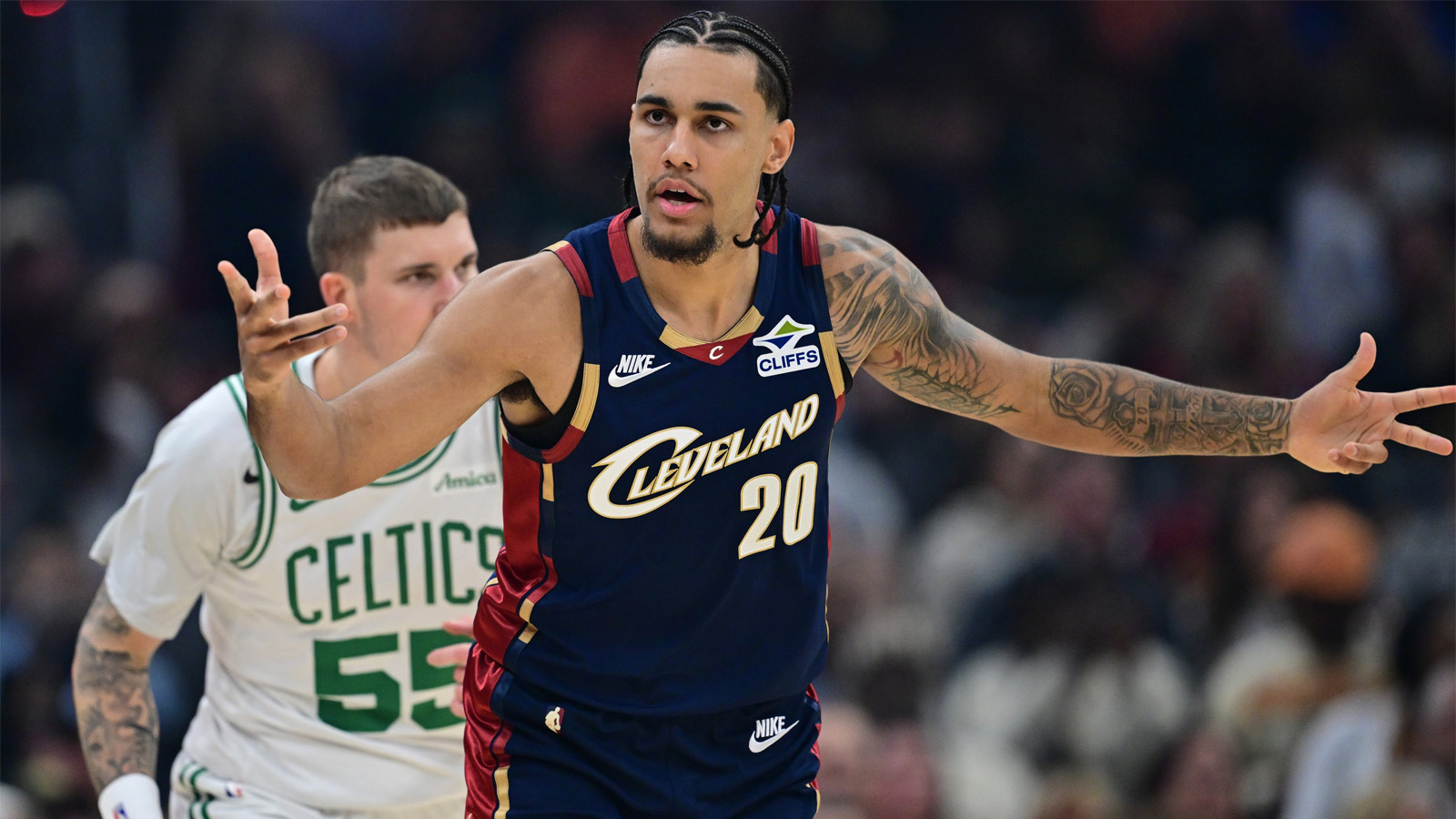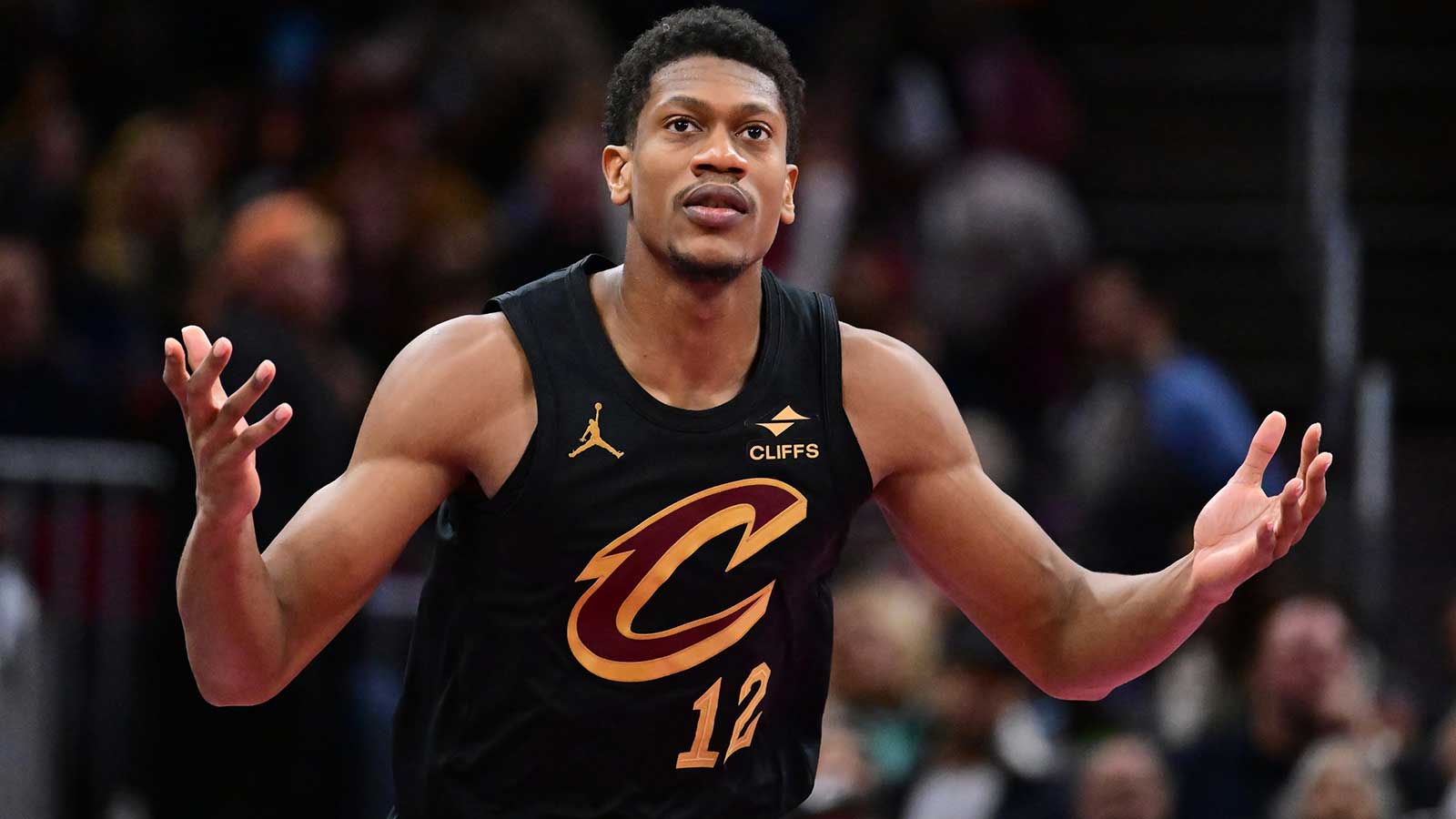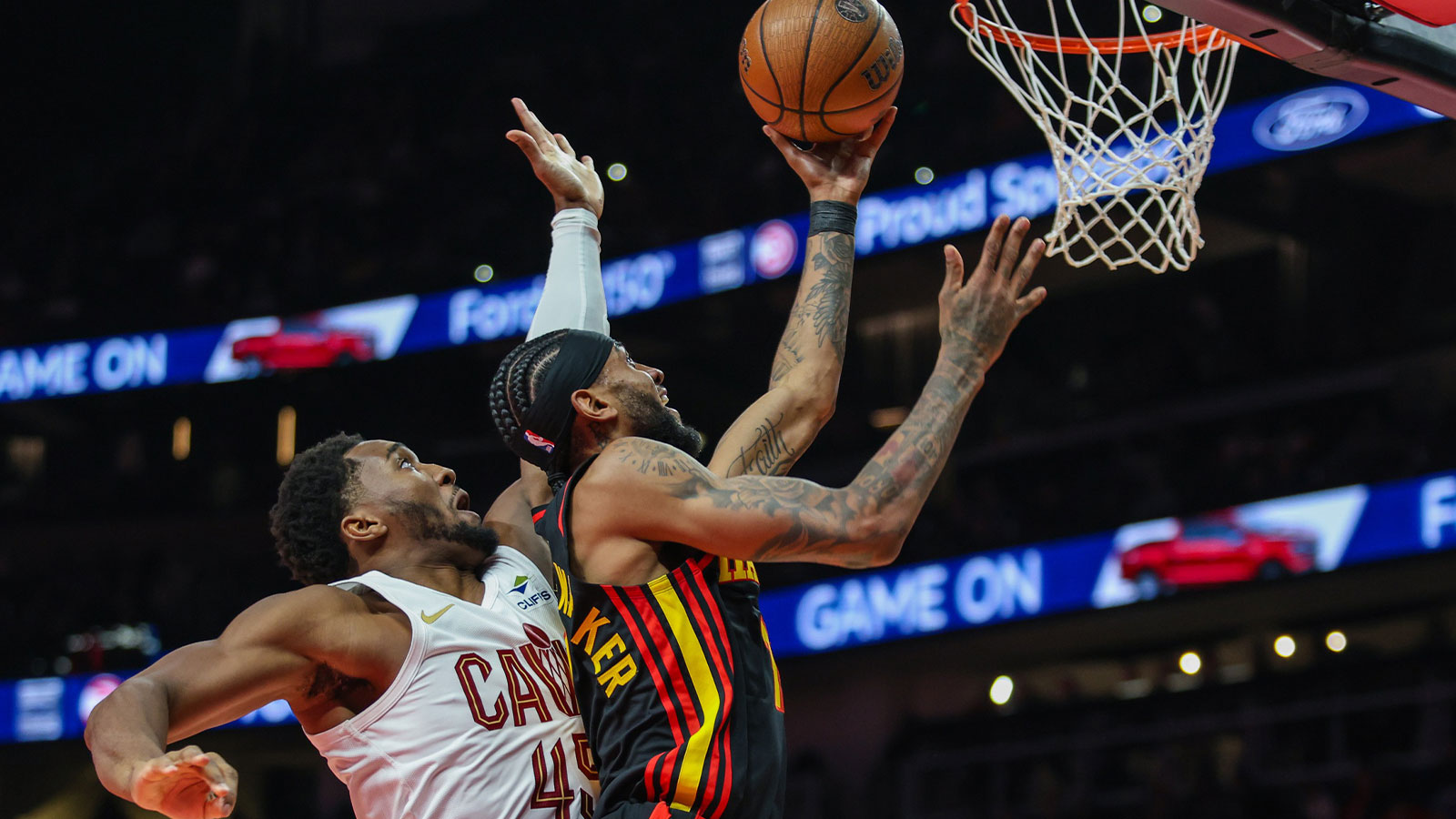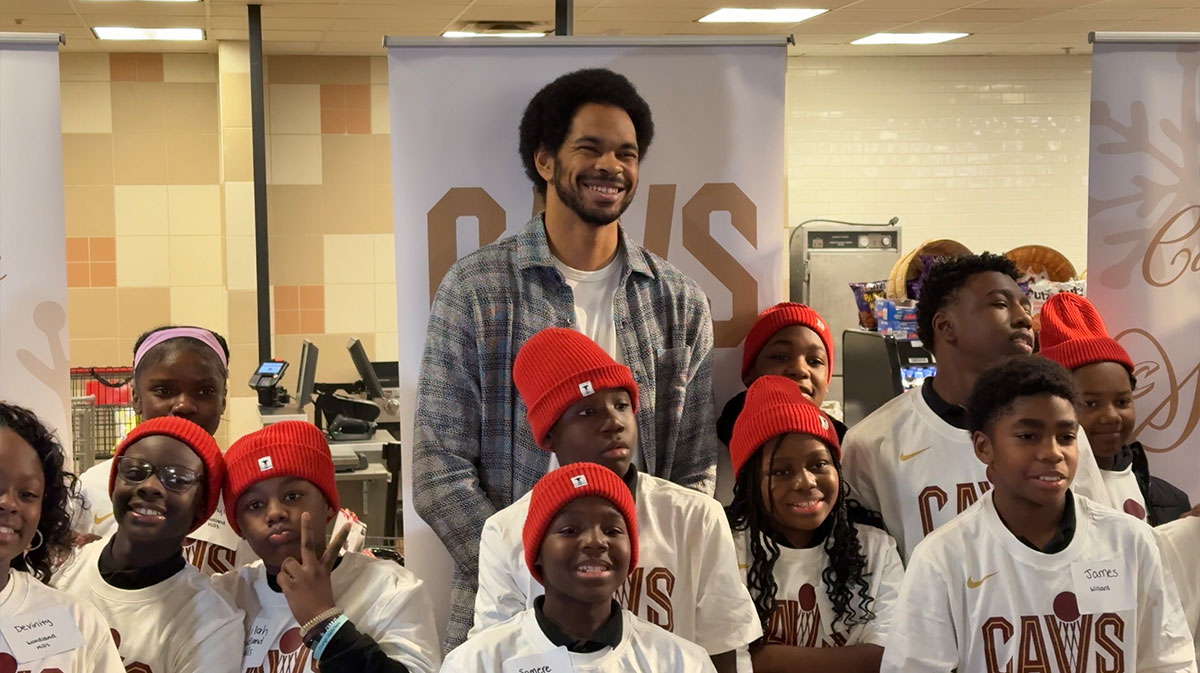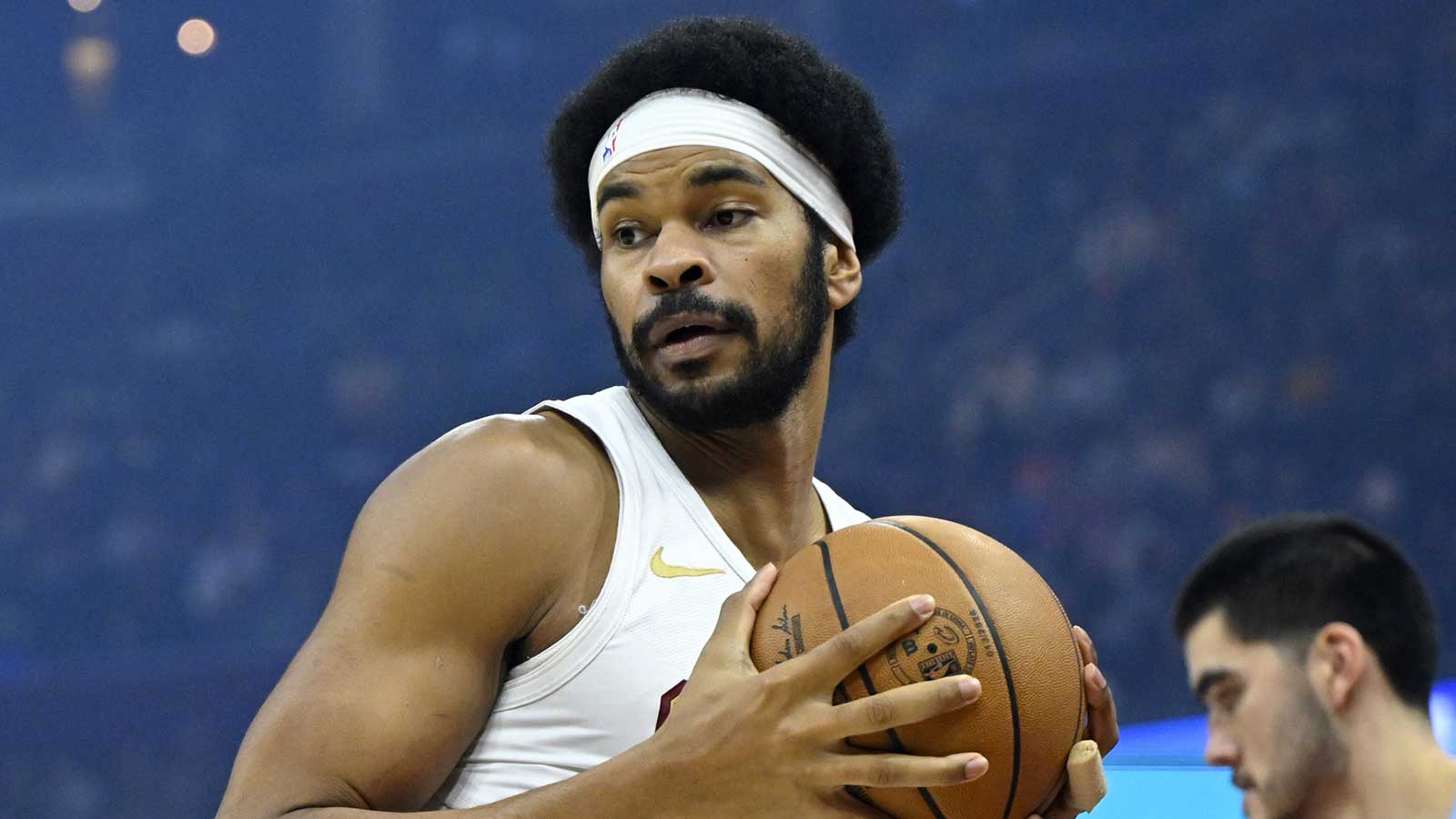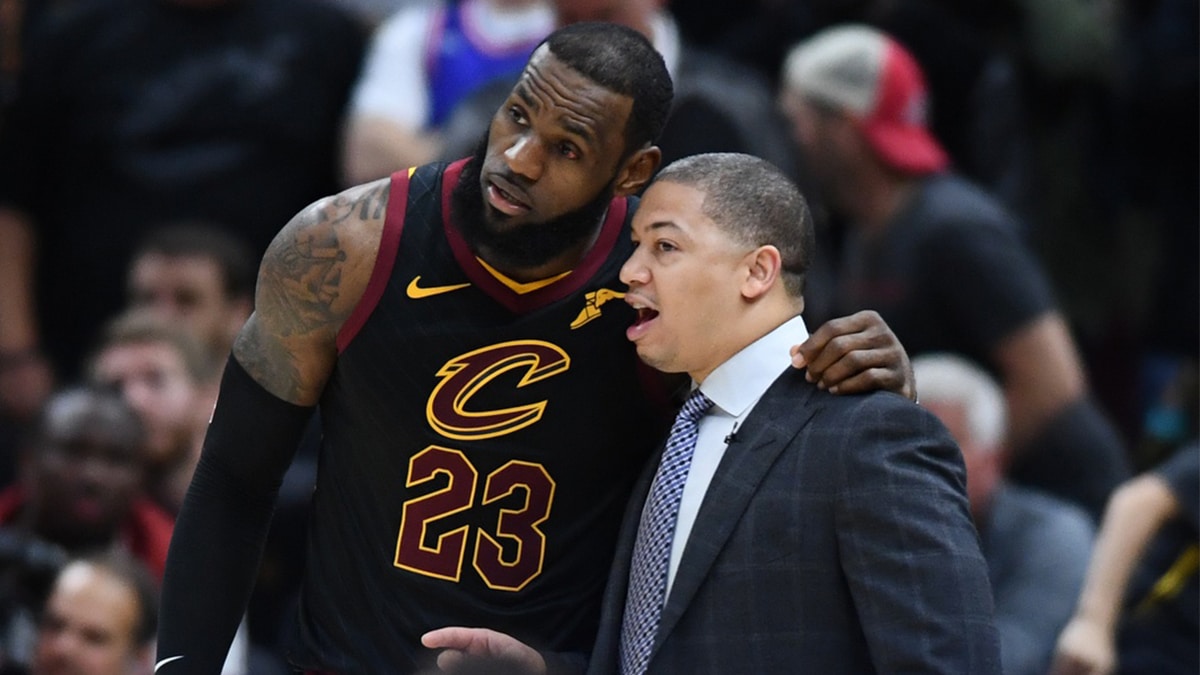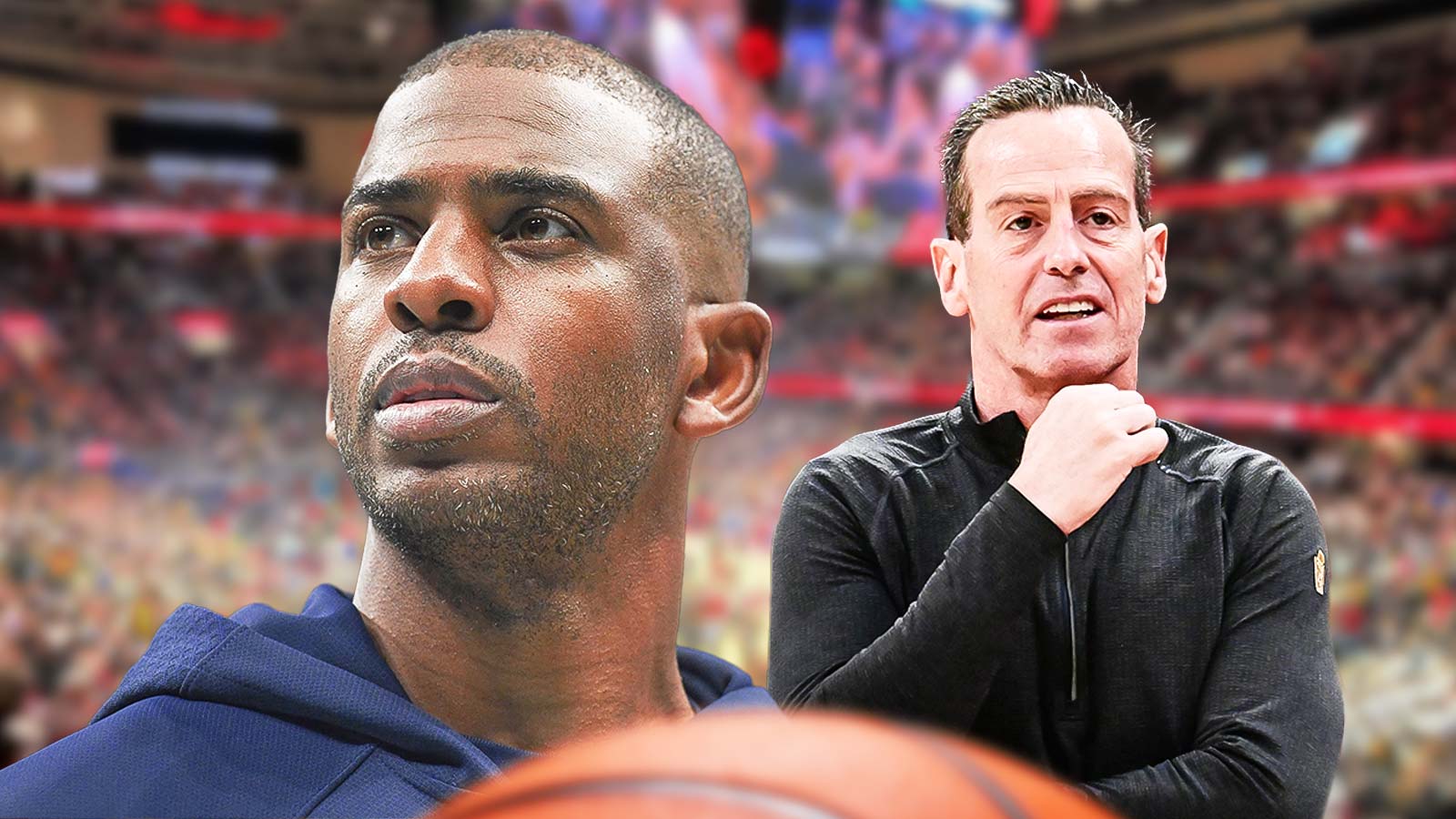The Cleveland Cavaliers didn’t just beat the Miami Heat in the first round, they buried them in a Cavalanche. A 4-0 sweep capped by a 138-83 blowout in Game 4 wasn’t just a statement; it was a transformation. Now, with the second-round matchup against the Indiana Pacers looming, the Cavs are shifting their focus from Miami’s grind-it-out physicality to Indiana’s warp-speed offense and five-out spacing, a radically different playoff challenge.
It’s a clash of styles: Cleveland, the East’s best team by record and the postseason’s most efficient offense, meets Indiana, a rare playoff team built around pace, movement, and shooting. Where the Heat relied on toughness and half-court schemes, the Pacers want chaos, ball movement, and transition. And the Cavs believe they’re ready.
“It’s the hardest thing to guard in basketball — five shooters,” Cleveland head coach Kenny Atkinson said. “I will say this: They have 5-out, but we also have two bigs offensively, so they’ll have to guard us, too.”
Cleveland’s defensive turnaround against Miami, particularly without All-Star point guard Darius Garland for the final two games, gave them confidence. They stifled the Heat while showing off a revamped lineup, starting Sam Merrill and sliding Donovan Mitchell to point guard.
Against the Heat, Merrill’s floor spacing and solid defense fit well. However, Atkinson knows Indiana presents entirely different questions, beginning with Pascal Siakam and Tyrese Haliburton.
Haliburton averaged 17.6 points and 11.6 assists in Indiana’s five-game win over Milwaukee, including the game-winner in overtime to clinch the series. His ability to create off the dribble, push the pace, and find open shooters like Aaron Nesmith (43% from three) and Andrew Nembhard makes Indiana lethal in ways Miami simply wasn’t.
That’s why Atkinson hinted at more size and defensive versatility. Players like Isaac Okoro or De’Andre Hunter could start or at least see expanded roles. However, based on how he played last round, Hunter's time to shine against the Pacers might finally be here.
De'Andre Hunter can be an X-Factor for the Cavs against the Pacers

In Game 1, Hunter went scoreless in 16 minutes, looking out of sync and unsure of his role. However, by the end of the sweep, he had transformed into a two-way weapon and perhaps Cleveland’s most important X-factor heading into the semifinals.
“Just my first time playing with the team in the playoffs,” Hunter said following a 138-83 Game 4 win. “Playoffs are a different game, different schemes. I think it was just kind of learning how guys play in the playoffs and just making an adjustment.
“I’m extremely comfortable now.”
Hunter averaged 17.3 points on 55.2% shooting over the final three games of the Miami series, including a blistering 61.5% from deep. More than the numbers, he gave the Cavs lineup balance. Throughout the series, he was a switchable wing who defended multiple positions and punished mismatches on offense. According to tracking data, opponents shot just 13-of-35 against Hunter. Miami’s Tyler Herro went 0-for-7 when guarded by him.
But with the Pacers on the horizon, now comes the real test for Hunter. Siakam, Haliburton, Nesmith, Bennedict Mathurin, Obi Toppin — Indiana’s perimeter-heavy lineup will cycle through options, hoping to exploit mismatches in transition and space. Hunter, at 6-foot-8, was acquired specifically for this kind of series. Whether guarding Siakam, switching onto Haliburton, or spacing the floor on the other end, he’s expected to play a central role.
“He just is everything we traded for — his physicality, his size, being able to switch,” Atkinson said. “Super talented player.”
Hunter's emergence couldn’t be better timed, especially with Garland’s status still uncertain. Garland, who averaged 24 points in Cleveland’s first two wins over Miami, has been limited by a sprained toe. Atkinson said Garland practiced but didn’t take contact. His availability for Game 1 is still in doubt.
“I’m not going to make a judgment either way, but sure, there’s some concern there,” Atkinson said. “I can see it going either way — let’s put it that way.”
Donovan Mitchell believes Cleveland is built for this moment
Without Garland, the Cavs turned to Merrill, whose shooting helped keep the offense humming. Cleveland scored at least 121 points in every game of the first round. It was a testament to their offensive depth and even more to Mitchell’s control of the game.
Mitchell, who scored 23.8 points per game against Miami, is still chasing his first trip beyond the second round. His Game 2 masterpiece, a 30-point night punctuated by 17 points in the fourth, shifted the series’ momentum and helped ignite the Cavs’ historic 122-point sweep margin, the highest in playoff history.
“I’m not gonna say we’ve sat here and figured it out,” Mitchell said. “We gotta continue to do it against Indiana, and then the next round, and the next round. I think winning the way we did in Game 2 (a close game) set the table for Games 3 and 4 (against Miami). It’s something I think we can carry over into this series.”
The Cavs’ blend of youth, experience, and chemistry gives them confidence. So does their defense, which went from shaky to suffocating as the Miami series wore on.
Jarrett Allen and Evan Mobley, Cleveland’s twin-tower frontcourt, present a unique problem for Indiana’s smaller lineup. Mobley, the league’s Defensive Player of the Year, and Allen, who averaged a double-double against Miami, will have to navigate the perimeter more than usual with Myles Turner stretching the floor. But the Cavs believe their size is just as much of a weapon as Indiana’s speed.
“They’ll have to guard us too,” Atkinson quipped.
If the Cavs can impose their will, mixing Mitchell’s scoring, Hunter’s defense, and their elite frontcourt, they believe they have the formula to not only slow down the Pacers’ fast-paced attack but also control the series.


